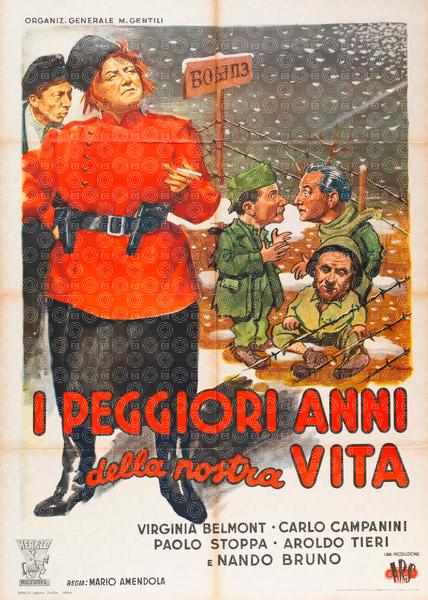Vintage or digital posters: which one stirs more emotion?
Vintage posters evoked emotions and atmospheres through artistry and creative freedom. Digital ones rely on glossy photos and instant messages. Which one truly makes a lasting impact?
Once upon a time, movie posters were illustrated by masters of visual art who knew how to capture an entire story in a single glance.
Poster artists didn’t just reproduce scenes they created emotions, suggested atmospheres, and gave shape to anticipation. Their film posters, often hand-painted, were displayed at cinema entrances or along the corridors and spoke to the audience before the screening even began. Each poster was a promise: a world to explore, a time to experience, an emotion to share.
Today, cinema’s visual language has taken a different path. Modern film posters rely on high-resolution photos, standardized graphics, famous faces, and color palettes that increasingly resemble one another. The message is clear and immediate, designed to grab attention in just a few seconds often on a phone screen. But in this immediacy, something has been lost: the power of suggestion, imagination, and visual allure.
The evocative power of vintage film posters
Vintage posters had a different narrative rhythm: they didn’t explain, they hinted. They were miniature works of art, able to convey the spirit of a film without revealing too much. A shadowed figure, a glance filled with tension, a carefully crafted composition these were enough to suggest whether it was a drama, a comedy, or a thriller.
Great Italian illustrators like Ercole Brini, Luigi Martinati, and Anselmo Ballester left a lasting mark on the collective imagination. Brini, for instance, created the Italian poster for Breakfast at Tiffany’s, giving it timeless elegance; Martinati produced powerful posters for films like On the Waterfront ; Ballester, with his theatrical and dramatic style, illustrated titles such as Rigoletto, turning each poster into a visual experience in its own right.
Beyond their promotional function, these posters were storytelling tools. In an era without widespread trailers or easily circulated images, a single poster had to contain the entire soul of the film and it did so with creativity, boldness, and artistic flair.
Modern posters: more informative than emotional?
With the shift to digital, film promotion has adapted to new channels. Contemporary posters are designed for social media for the algorithm more than for the human eye. The goal is immediate recognition: a close-up of the lead actor, a clearly legible title, a striking but predictable background. The poster becomes functional but often lacks personality.
That’s not necessarily a bad thing: some recent designs still manage to make an impact. But the visual uniformity and the decline of artistic interpretation make it hard to distinguish one film from another.
Why do vintage posters still resonate today?
Interest in restored posters is growing rapidly. More and more collectors, classic film enthusiasts, and interior designers are choosing original cinema posters or high-quality reproductions to decorate with character. Each poster tells a story not just of the film, but of the era in which it was made.
Vintage posters are fragments of visual memory works of art that can still evoke distant emotions and atmospheres.
The impact of certain modern posters from Pulp Fiction to Kill Bill, to Into the Wild shows that cinema can still leave a visual mark. But these are the exceptions, not the rule.
So, which poster truly leaves a deeper impression?
The digital ones of today are sharp and direct they catch the eye instantly.
But the vintage, hand-painted ones?
They still have the power to whisper a story before the film even begins.













